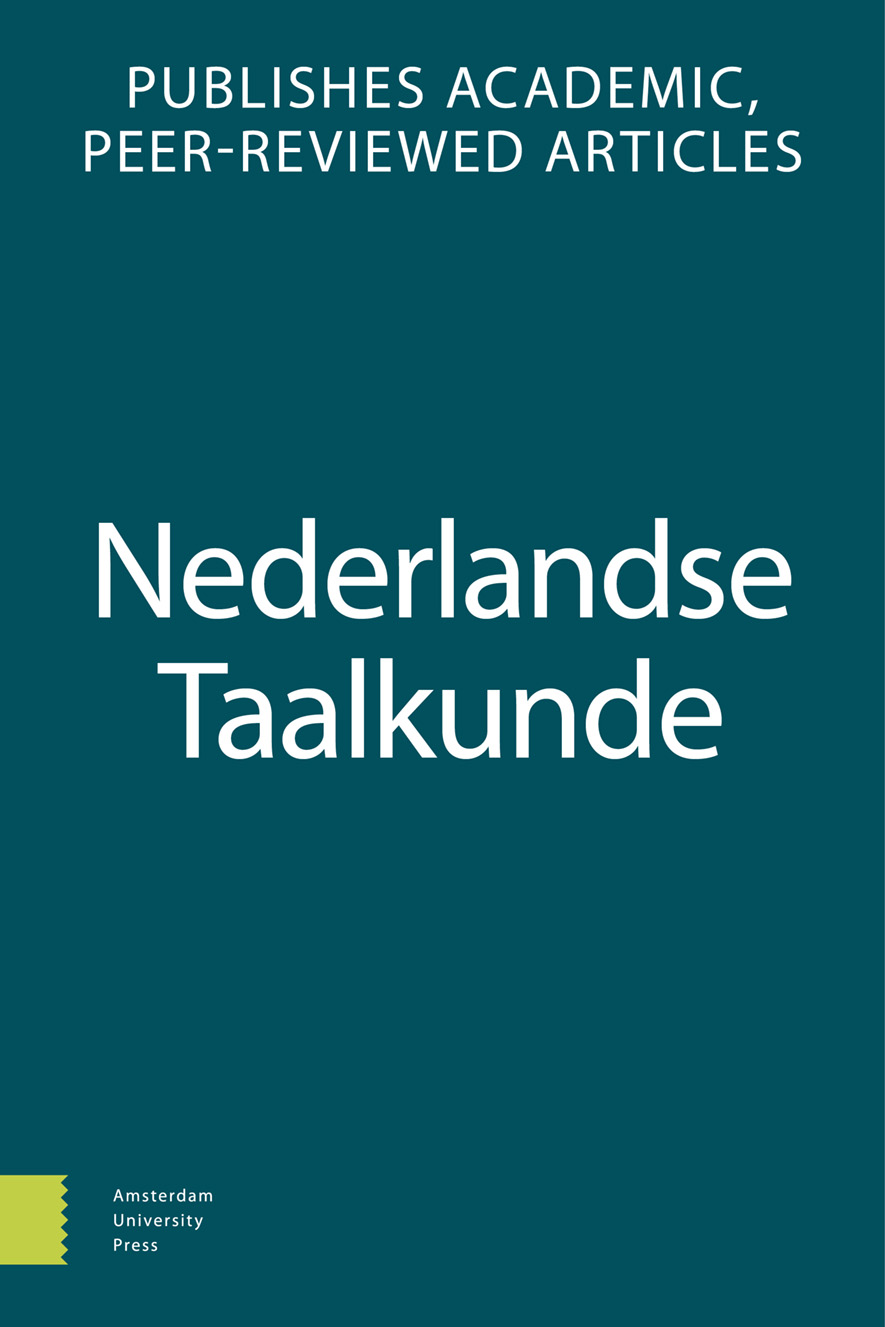-
oa Cracking the cluster
The acquisition of verb raising in Dutch*
- Amsterdam University Press
- Source: Nederlandse Taalkunde, Volume 21, Issue 2, sep. 2016, p. 181 - 212
- Vorig Artikel
- Inhoudsopgave
- Volgend Artikel
Samenvatting
In this paper, we argue that ascending verb cluster orders (1-2 and 1-2-3, e.g. moet eten ‘must eat’ and moet hebben gegeten ‘must have eaten’) are not only the default verb cluster orders in Standard Dutch as spoken in the Netherlands, but also play a crucial role in the acquisition of verb clusters. We administered a series of three sentence repetition tasks (SRTs) to a total of 120 children (2;8–5;6), and found that children, in contrast to what previous literature might predict, are much more likely to produce 1-2 orders than 2-1 orders. We propose an acquisition pathway in which we assume an OV stage (Vfin-final) and a 1-2 stage before children completely fine-tune their preferences toward adult-like behavior. We further argue that this pathway first applies to bipartite modal-infinitive clusters but is quickly expanded to include all cluster types. We believe our proposal has three advantages: it answers an important learnability question, explains the differences attested between the way children of different ages handle verb clusters, and strongly suggests that verb clusters follow one general rule, rather than several separate construction-specific ones.


